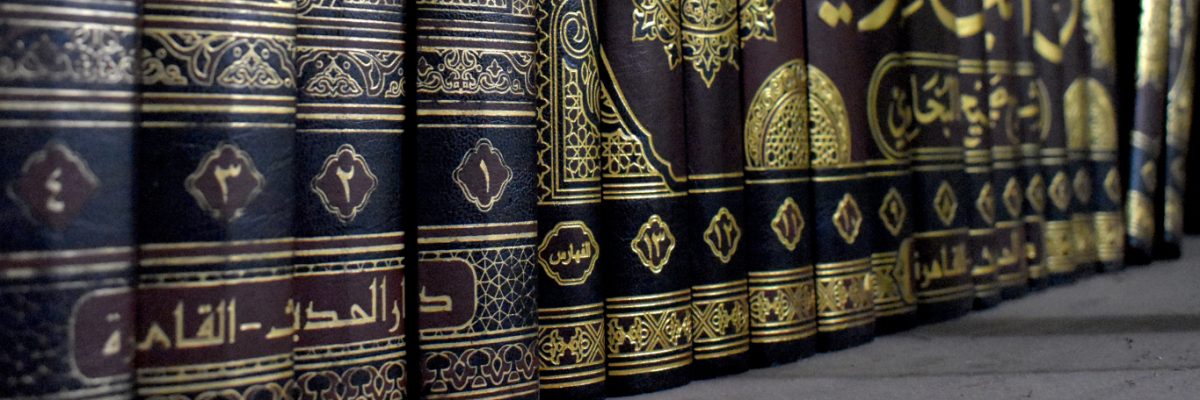Fatwa ID: 03980
Answered by: Alimah Sabrina Saidova
Question
Aoa.
I would like to know the exact rakats of witr, its performing method and what I should recite in it.
Secondly, should I raise my hands for qunoot prayer in the morning obligatory prayer?
Regards
بِسْمِ اللهِ الرَّحْمنِ الرَّحِيْم
In the name of Allah, the Most Gracious, the Most Merciful
Answer:
The Witr prayer is three rak’aat with one salaam at the end of the third rak’ah. The method according to the Hanafi madhhab is, to firstly pray two rak’aat of prayer as normal, then sit and recite tashahhud, then get up for the third rak’ah, and recite Surah al-Fatiha, along with another surah. Thereafter, one must say takbeer whilst raising one’s hands. Then the qunut dua should be recited, after which one may do ruku’ and finish the prayer as usual.
According to the Shafi’ee madhhab, Witr is a minimum of one rak'ah and the optimal is to perform eleven rak'aat. Three rak'aat is the minimal optimal number of rak'ah and one separates them by completing two rak'ahs with salaam and then performs the final rak'ah. One recites Sūrah al-'Alā in the first rak'ah, Sūrah al-Kāfirūn in the second rak'ah, and Sūrah al-Ikhlas, Sūrah al-Falāq and Sūrah al-Nās in the third rak'ah.[1]
After praying the surahs in the last rak’ ah, one should pray the qunut dua after the ruku’, and thereafter complete his prayer.[2]
According to the Hanafi madhhab, we do not pray qunut in Fajr unless there is a calamity or hardship for which we ask Allah Ta’aala’s aid.[3]
As for the qunut prayed in Fajr in the Shafi’ee madhhab, raising the hands in order to pray the qunut is not necessary. One may pray without raising the hands.
Only Allah knows best
Answered by Alimah Sabrina Saidova
Checked and approved Mufti Mohammed Tosir Miah
Darul Ifta Birmingham

